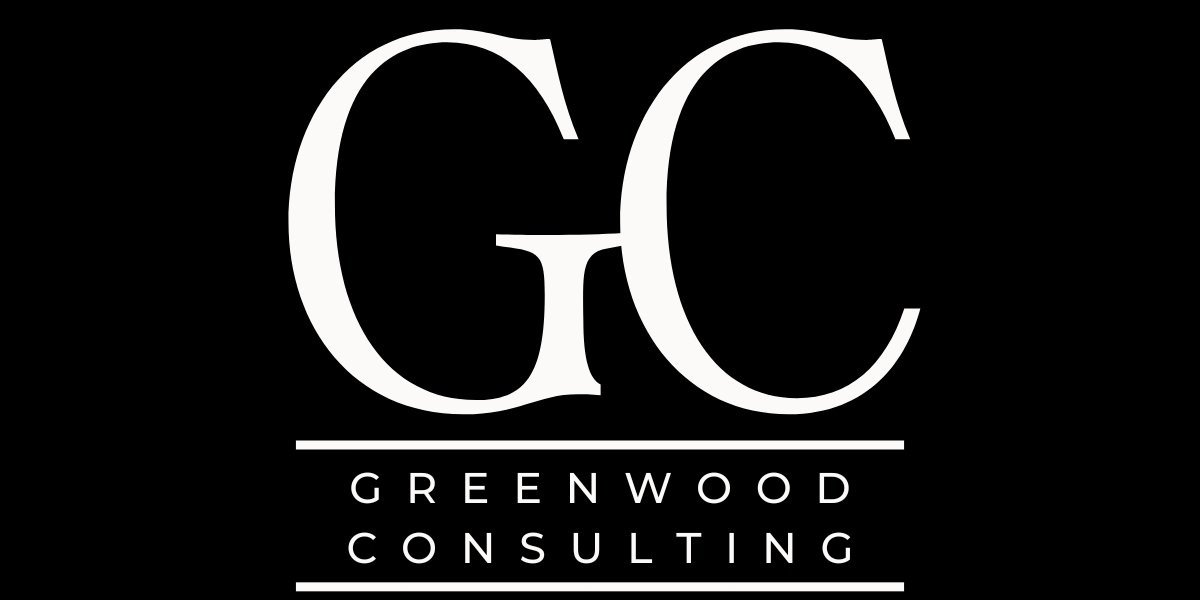E359:🎓HOW TO BUILD A SUCCESSFUL DTC ECOMMERCE BRAND THAT INVESTORS WILL KILL TO ACQUIRE
Mastering D2C eCommerce with Jeremy Horowitz
In this episode of the eCommerce Edge podcast, Jason interviews Jeremy Horowitz, founder and managing partner of Because Ventures. With years of experience in building large D2C brands, Jeremy brings valuable insights on what it takes to achieve success in today’s competitive market. This blog post captures the key takeaways from their conversation to help you better understand and navigate the D2C landscape.
Understanding the D2C Landscape:
The Current Market Conditions
Sales for D2C brands soared during the COVID-19 lockdowns as everyone flocked online for their shopping needs. But as restrictions lifted, the majority of retail dollars returned to physical stores. Today, despite the ease of launching an online store using platforms like Shopify, many new brands struggle to make sales due to increased competition and lower entry barriers.
The Importance of Skill and Experience
Most industries require formal education or training to begin a career, but eCommerce is often seen as the exception. However, the assumption that anyone can successfully run an online store without proper skills and experience is flawed. Like in any other field, learning the ropes—whether through working for an established brand or starting with a side hustle—is crucial.
Key Strategies for Building Successful D2C Brands:
Nail Down Your Positioning
One of the critical elements Jeremy highlighted is the importance of strong positioning. He cites brands like True Classic and Liquid Death as examples of brands that have perfected their positioning, allowing them to grow rapidly. Whether it’s unique product offerings or standout marketing campaigns, your positioning can make or break your brand.
Optimize Your Average Order Value (AOV)
Jeremy stressed the importance of optimizing AOV. Simple tactics like cross-selling, upselling, and bundling can significantly increase your revenue without needing additional traffic. Always think about what complementary products or services you can offer your customers during their purchase journey.
Negotiate Supplier Terms
Securing favorable terms with suppliers can help you manage cash flow effectively. The longer you can delay payment, the more you can reinvest your revenue into marketing and operations, accelerating your growth.
The Role of Distribution Channels:
Embrace Strategic Wholesale
While it was once fashionable for D2C brands to focus exclusively online, today’s market requires a more diversified approach. Strategic wholesale partnerships can help brands reach new customers who might not shop online. Retail placements also serve as a marketing channel that can boost your brand’s overall presence.
The Value of Retail as a Marketing Channel
Retail isn't just about moving more units; it's about brand recognition. Products in physical stores give consumers confidence in your brand and serve as a form of advertisement. This dual benefit makes retail placement an invaluable strategy for expanding your reach.
Lessons from Investment and Distressed Assets:
Focus on Key Metrics
Jeremy's investment strategy looks for brands with over 50% gross margins and a high concentration of D2C sales. Brands should ideally have a simple, profitable product line, and leverage marketing channels effectively.
Survive the Lows
Building a successful brand is about longevity and resilience. Founders should be prepared to endure the tough times and should believe in their mission wholeheartedly. Persistence and smart strategizing will eventually pay off.
The Future: Manufacturing Hubs and Market Trends:
Mexico as a Manufacturing Hub
Mexico is emerging as a significant player in the global manufacturing arena, thanks to its abundant natural and human resources. Many brands are relocating manufacturing from East Asia to Mexico due to these advantages.
Eyeballs and Engagement
In today's eCommerce world, getting in front of customers is as crucial as ever. Creative collaborations, limited-edition drops, and leveraging influencers are essential tactics for capturing attention and driving engagement.
Conclusion
Jeremy Horowitz offers invaluable insights for anyone looking to build a successful D2C brand. From optimizing AOV to securing essential supplier terms, there are several key strategies to focus on. Embrace retail as a marketing channel, maintain a resilient mindset, and keep an eye on emerging manufacturing hubs like Mexico. With these strategies, you can navigate the complexities of the D2C landscape and achieve long-term success.
If you enjoyed this post, consider sharing it with someone who might benefit from these insights. And if you have questions or are looking for mentorship, don’t hesitate to reach out to Jason or Jeremy through their LinkedIn profiles. Happy selling!
To learn more, check out the related THE ECOMMERCE EDGE Podcast episode below:
